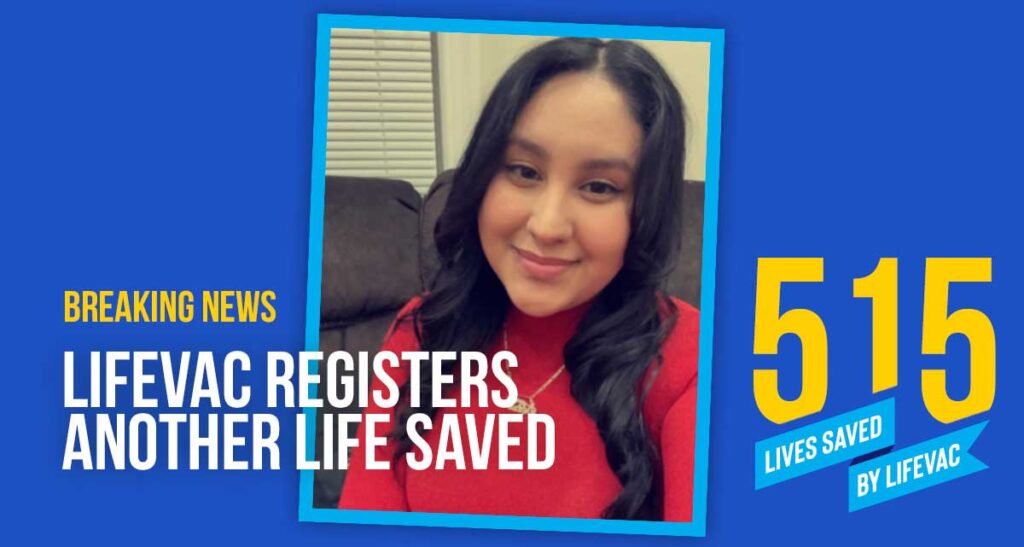As parents and/or caregivers, we always try to protect our kids from harm and keep our eyes and ears open to prevent misfortune incidents, such as choking incidents.
It’s what we do every day, but it’s physically impossible to keep track of every move, bite, and sip our kids take. Thus, we need to make sure that as they grow up, they know everything about choking prevention, including how to react in a choking emergency.
So how do we talk to our kids about choking prevention? And what should we teach them?
This article is a step-by-step guide to the things you should teach and talk about to your kids when it comes to choking prevention.
Explain to the kids what choking is
If you want to win your kid’s attention, you need to make them understand that what you’re about to discuss is very important. Nevertheless, keep in mind that it’s not a good idea to make them feel scared about the issue.
The best way to do it is to explain as simply as possible what choking is.
For example: “Choking happens when something gets stuck in the throat, like food or a toy. It can occur if you swallow something too big for your mouth, or if you try to eat something too fast. It’s scary when it happens, but it’s pretty common and if we don’t panic, and know what to do, we’ll be just fine.
Do you want to know what to do if something gets stuck in your throat? Or maybe, someday you will need to help a friend of yours and become a hero.”
Show them the universal sign for choking
Do you know what the universal sign for choking is? It’s grabbing the throat with one or both hands. Some people also have their tongue out of their mouth. It’s essential to know it, because if the airway obstruction is complete, they will not be able to speak.

Tell them to make a noise
During a choking incident, a kid might not be able to talk or yell, either because of airway blockage or because they are panicked.
Thus, it’s important that they use what’s around them in order to get an adult’s attention to themselves so that they can get help as quickly as possible.
For example, they could clap their hands, throw or bang a water bottle, etc. If they are in the backseat of the car, they can push and bang their hands on the front seat so you can understand they need help.
Make sure they know how to perform the Heimlich Maneuver
Performing the Heimlich Maneuver is the Standard Choking Protocol. If you haven’t heard of it, you can read our previous article.
Heimlich Maneuver can be performed even on ourselves and it is quite simple, so if our kids are old enough to understand it, we can teach them how to perform it.
Choking Prevention is the best treatment
Teaching our kids what to do in case they are choking is of critical importance. But what if we could offer them the proper choking prevention education, so they can avoid any choking incidents in the first place? So here are some tips you can share with them:
Chew your food very well
Lesson 1 on choking prevention: Teach your kids to chew their food thoroughly before swallowing it. Encourage them to take small bites and avoid talking, singing, or laughing while eating.
Sit down while eating
Encourage your kids to sit down and eat, rather than walk, run, or play.
Avoid playing with small objects
Teach your kids to avoid playing with small objects that can easily be swallowed, such as marbles, coins, or hair barrettes. Make sure that they play with age-appropriate toys that are large enough not to be a choking hazard.
No food in the car
Explain to them that eating while in a moving car can lead to a choking incident.
By following these tips and educating your kids about choking prevention, you can help ensure that they stay safe while eating and playing. Nevertheless, kids are unpredictable. Thus, you should always be prepared and have your LifeVac device near them.
If you haven’t bought your LifeVac device yet, click here to visit our website and choose the right size for your kid!



